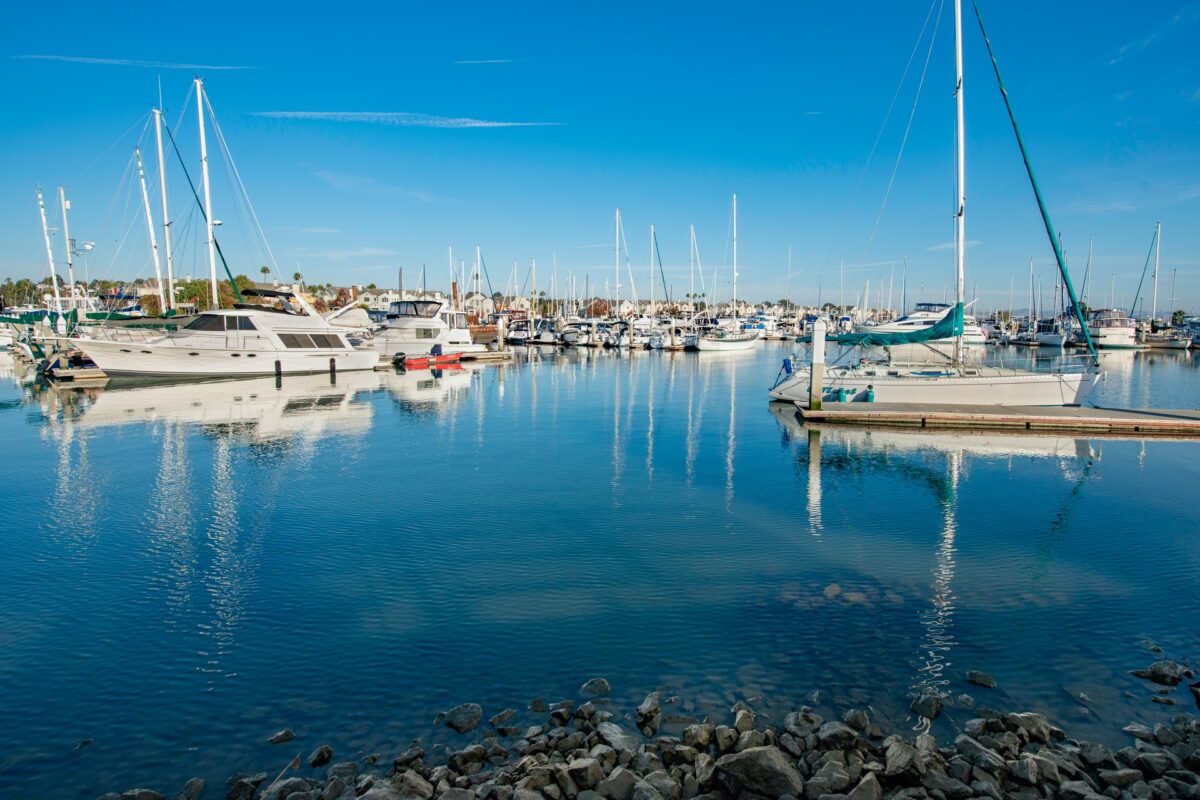Paints provide a layer of water-resistant coating to prevent the base materials from deteriorating. They come in different types, formulations, colors, and finishes. For example, house paints have types for interior and exterior use, with a matte or glossy finish.
It is the same with paints for boats and ships. Marine coatings are typically used in the marine environment to provide protection to boats, ships, tankers, and other materials and vessels that are exposed or immersed in brackish, freshwater, or saline water.
With its specific functional properties, the protection marine grade paint provides is far more superior to regular paint. Marine paints are especially created to protect various materials that are near to or in the water from abrasion and corrosion.
Marine coatings and paints
Aside from protecting the water vessels and other materials, marine paints and marine coating are formulated specifically to make sure that water vessels sail smoothly in the water. Some of them are manufactured for specific purposes, such as self-cleaning, self-polishing, anti-fouling, and anti-corrosion.
The terms marine paint and marine coating are interchangeable. Marine paints have a number of applications. They are specifically formulated for water vessels but they can also be used for other exterior surfaces, houses, house furniture, and hardwood floors, providing them with a waterproof layer.
The different features of marine paints
Marine paints are more expensive than other types of paints. The product range is quite extensive as well. You can find icebreaker low friction coatings, boot-topping, marine gloss, bilge paint, anti-fouling paint, and deck paint.
House paints are made from latex, while marine paints are oil-based. Marine paints take a long time to dry because they need to completely cure, which can take about seven days.
Marine paints have their own set of base coats, clear coats, as well as topcoats. They also have several paints, stains, varnishes, and primers. Likewise, you can find a selection of marine coatings such as inks, marking materials, and surface sealants.
The coatings vary in composition according to the surface or material that will be coated. Marine paints are composed of liquid solvents, pigments, additives, and binders or resins. They may have fillers to increase the paint bulk, whereas the thinners and solvents dissolve some of the constituents and make the paint thinner to dry and harden faster.
Chalk, charcoal, and silica are common fillers. Petroleum spirit and turpentine oils are typical thinners of marine paints. Manganese sulfates, litharge, and red lead are some of the commonly used paint dryers.
The performance and chemical properties of marine paints make them very different from house paints. You will hear of epoxy primers and sealers, epoxy fairing compounds, anti-fouling coatings, and wood finishing products.
The epoxy fairing compounds are used as fillers to make the surface smoother. They cover bumps and holes as well. Anti-fouling compounds on the other hand protect water vessels from the organisms that typically attach to marine vessels, which can hamper the vessel’s performance.
Marine paints also have different types for different applications. You have marine paints for painting below the waterline (the submerged parts), boot topping or water line areas, and paints for the superstructure and topside of the vessel.
Work with a professional marine vessel painter because the materials are toxic and should be used with the proper tools and safety gear.



